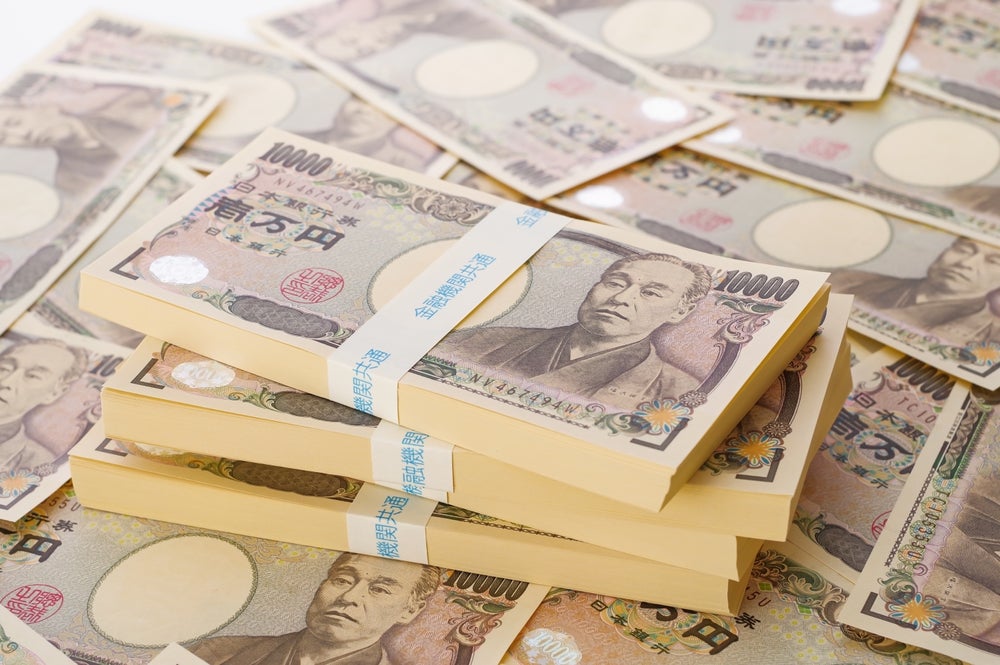On 29 January, the Bank of Japan surprised financial markets by announcing a move towards negative interest rates. Joost van Leenders, chief economist of multi asset solutions at BNP Paribas Investment Partners, looks at the timing of the BoJ’s move, discusses the implications of the decision and concludes that the asset allocation implications are limited
How did markets react?
The investment community had been discussing further monetary easing for a while, but a decision at this policy meeting had been expected by only a few and expectations had generally centred on fine-tuning the pace of quantitative easing. Markets took the latest decision as a positive step. The Japanese yen weakened and accordingly Japanese equities gained, even though this was not a straight path upwards. European equities followed. Bond yields had been trending lower in the days before the meeting and continued on this path. Japanese 10-year bond yields fell to a record low of only 9bp.
Why now?
How well do you really know your competitors?
Access the most comprehensive Company Profiles on the market, powered by GlobalData. Save hours of research. Gain competitive edge.

Thank you!
Your download email will arrive shortly
Not ready to buy yet? Download a free sample
We are confident about the unique quality of our Company Profiles. However, we want you to make the most beneficial decision for your business, so we offer a free sample that you can download by submitting the below form
By GlobalDataThe BoJ tweaked its quantitative easing programme late last year, but no further steps were expected before March. Inflation remains well below the BoJ’s 2% target, but the publication of new growth and inflation projections in March and the BoJ signalling a desire to end deflation right before the spring wage negotiations had pointed to March as the more likely timing. Obviously, the stronger yen, gaining on safe haven flows amid Asia’s financial market turmoil, was always a possible trigger for BoJ action.
In its press statement after the latest policy meeting the BoJ said that the economy had continued to recover moderately, but actual data on household spending, industrial production and foreign trade was weak. Core inflation had increased lately – at the national level to halfway towards the BoJ’s target – but this upward trend now appears to have stalled. To justify the rate cut, the BoJ pointed to volatility in international financial markets and uncertainty about the Chinese economic outlook in particular. The central bank views this move as a pre-emptive strike against the economy sinking back into a deflationary mindset.
Is this positive?
The knee-jerk reaction of markets was to take this decision positively; we are more cautious. Firstly, this step shows that there is a limit to quantitative easing, even in Japan, where the government runs a large deficit and issues large amounts of new bonds each year and the central bank holds an ever larger share of the government bond market. Increasing the pace of QE would have shortened the time by which the BoJ would run out of paper to buy. The bank is also buying other assets, such as ETFs and J-REITs, but the amounts it is buying and can still buy are much smaller than for government bonds. Purchasing equities outright on a massive scale with newly printed money would obviously be very controversial.
Secondly, the impact of this step is likely to be limited. The BoJ is adopting a three-tier system. Positive interest rates will continue to apply to bank reserves built up so far under quantitative easing. Zero interest rates will apply to required bank reserves, some other reserves and on an adjustable amount of reserves depending on the macroeconomic situation. Negative rates will only apply to new reserves above the ones for which positive or zero interest rates now apply.
The reason for this tiered system is that the cost for the banking system of a general application of negative interest rates would be too high. Financial markets are priced on marginal interest rates, not on averages, so lowering the marginal rate should have an impact, but we don’t think the level of interest rates was an impediment for faster growth of the Japanese economy.
What about the weaker yen? This should benefit corporate profits, but in recent years, yen depreciation has hardly led to any (extra) growth in real exports. It is an outright negative for consumers, whose purchasing power has been undermined. And, while the move in the yen was big on a daily basis, it is only back into the range seen in most of 2015.
It is clear that the BoJ surprised the markets with this step. Until very recently, BoJ governor Kuroda had ruled out the possibility of negative rates. It may be that Kuroda wanted to foster his reputation for policy surprises, but we believe that this decision smacks of desperation. The majority in the BoJ policy committee was slim, only 5 to 4.
Asset allocation implications
This move has no direct implications for our asset allocation. We have been long the Japanese yen lately as a hedge against adverse macroeconomic developments, although after this strategy proved successful in the recent market turmoil, we took profits on the position in early January. In our recent move towards an overweight in developed market equities, our preference is for Japanese and US equities. The possibility of more easing in Japan was one supportive factor (but not the only one); increased M&A activity is another.







